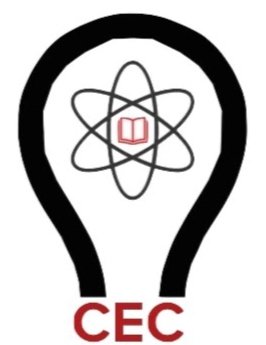By Mark DesMeules
In late April, Marguerite Wells spoke to the Cornell Energy Club (CEC) about her experiences as Project Manager of the Black Oak Wind Farm project. Ms. Wells spent nearly ten years working in the green roof industry before her entrepreneurial impulse pointed her towards a unique opportunity in the wind sector.
CEC members hear from Marguerite Wells on her experience leading the development of the Black Oak Wind project.
Alongside a few other hardy souls seeking to bring wind energy to the Ithaca area, Ms. Wells submitted the Black Oak project for a New York state energy development tender, and won. The project was designed as a 16.3MW community-owned system to be established in Tompkins County, New York. The technology to be used in the wind farm project included seven 2.3MW GE wind turbines, with construction was slated to begin in 2015. However, the contract presented challenges that Ms. Wells had not faced in her previous work. The capital intensity of the wind farm meant significant upfront collateral was required to keep the winning project bid. Furthermore, Ms. Wells noted that finding a credit-worthy offtaker for the energy produced was an critical achievement in the early days of the project. Despite the difficulties, the project cleared both of these early hurdles. Cornell University agreed to sign a power purchase agreement (PPA) for all of the energy to be produced by the project. Likewise, Ms. Wells completed a scrappy round of fundraising focused on interested parties in the community. The wind farm was to be wholly community-owned, meaning all capital contributors would come from the Tompkins County region, and each would be a partial owner of the project.
During her presentation to the Energy Club, Ms. Wells described some of the unique challenges that Black Oak faced when moving into the next phases of project development. First, the project size, 16.3MW, was too small to attract the interest of large financial institutions. Second, Ms. Wells and her team lacked the track record that investors often desire when vetting a greenfield infrastructure investment. As such, Ms. Wells was not able to obtain investment from banks. Beyond the challenges of securing investment, Ms. Wells detailed the numerous other hurdles that Black Oak needed to overcome to succeed. Being a non-utility-developed energy generation system, the Black Oak project needed interconnection with the electricity grid. This required costly equipment and added another layer of complexity.
Despite Ms. Wells’ diligent efforts, the project has been left in developmental limbo with a dim outlook after facing pushback from residents living nearby the slated construction site – one of the many challenges that can prevent a renewable energy project from becoming a reality. Ms. Wells’ presentation on the rollercoaster ride of community wind-farm development provided a fascinating and local look into the many layers and steps involved with bringing an energy project from conception to reality, as well as the challenges and variables faced by developers along the way.
While the Black Oak wind farm may have an unknown future, the renewable energy development story for Ms. Wells didn't end there. Her time working on the wind farm shaped her into a wind industry veteran with a deep understanding of wind development in New York state and the scars to prove it. Ms. Wells' scrappy, self-starter attitude and unshaken spirit led her to join Invenergy, one of the country's leading wind energy developers. There, she is working to help the company identify and develop wind projects in New York, furthering the state’s renewable energy goals and moving the US further along the road to a low-carbon economy.

